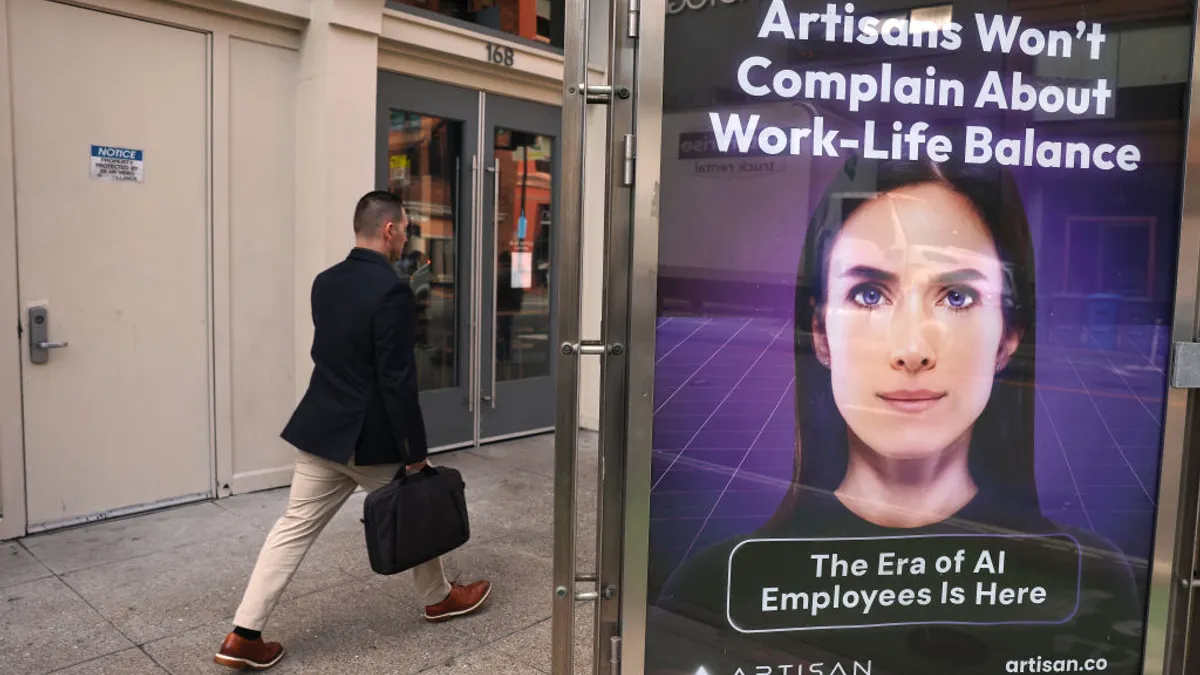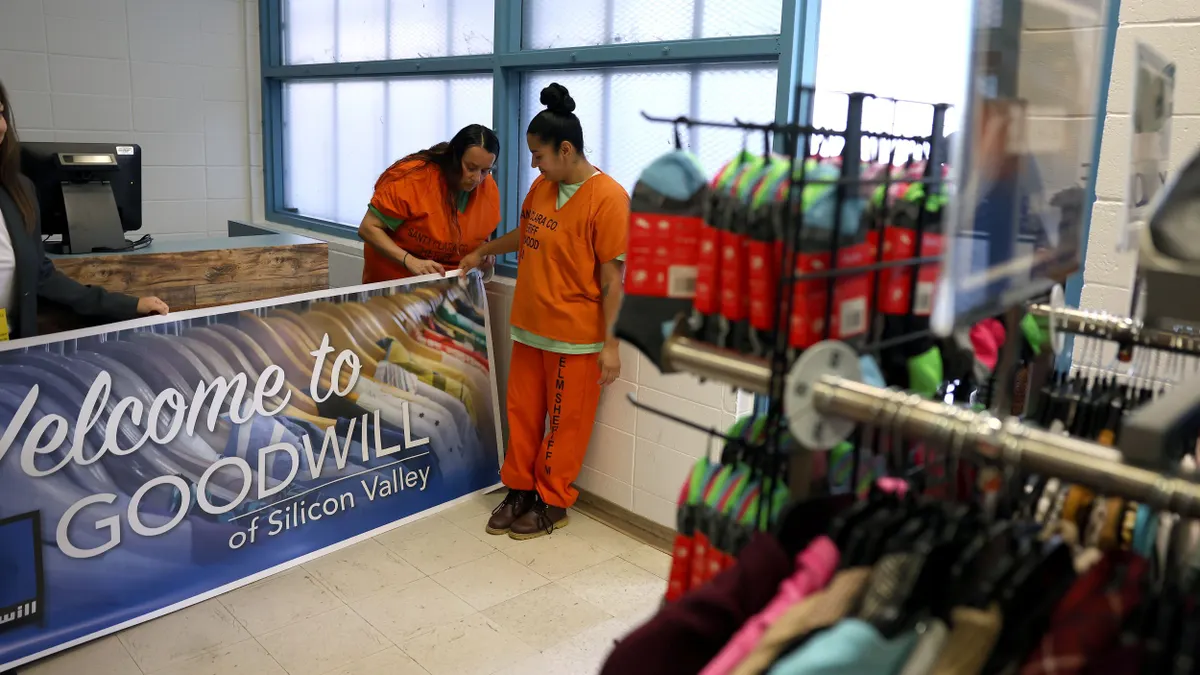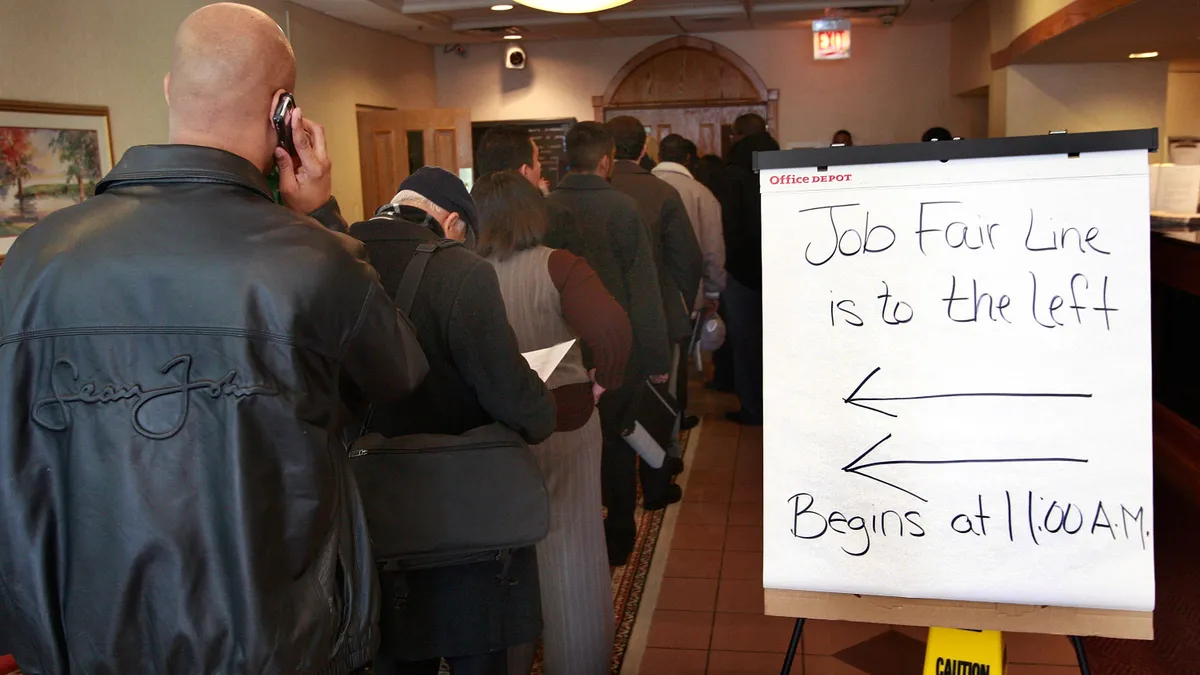An employee leaving can be a fraught process. Even if the worker and employer recognize the separation is for the right opportunity or reason, any breakup will have some bumps in the road.
That doesn’t mean the offboarding process should be a rote, impersonal list of tasks to be completed before saying goodbye. When done right, it’s an opportunity to identify potential organizational weaknesses, show off a company’s work culture, and leave the door open for that person to send new talent your way — or even return, experts told HR Dive.
“A lot of companies place focus on recruiting and onboarding, but offboarding is equally important,” said Gianna Driver, CHRO at Exabeam. “It’s an opportunity for organizations to really build culture and trust and allow people to leave with grace and dignity.”
Offboarding can lead to workplace-improving insights
Offboarding tends to be process-driven, with clearly defined steps: return equipment, turn in badges, tie up loose ends with team members.
And while those tasks are important, offboarding should be more “a check in and check on” than checklist for checkout, said Denise Moulton, vice president and human capital insights leader at Deloitte.
It’s an opportunity for a worker to reflect on their experience and share thoughts — unvarnished — on what a company could be doing better. HR professionals “should use every aspect of the exit process to really pinpoint areas in the worker lifecycle that may have contributed to a worker’s decision to exit the organization,” Moulton said. That might help management identify how they can change the work experience for their current employees in ways that might prevent someone from leaving next time.
Offboarding should also be respectful of the person leaving, and celebrate their time with the company — even if they’re leaving for layoff- or performance-related reasons. Driver said their organization works with an individual to “allow them to message this in a way that feels right for them, provided we’re not stepping outside of our integrity,” she said. “When we allow them that grace and that dignity, then it’s a trust building exercise for those who remain.”
Offboarding can help protect a company reputation
Proper onboarding is critical for security reasons as well. According to software management platform Torii, 76% of IT leaders say offboarding is a significant security threat, mostly from access privileges. And while 67% of those breaches are accidents (like a former employee clicking on a Google drive they still have access to), 33% are not.
Handling offboarding in a way that respects the worker can also buffer reputational damage. If someone is laid off, offboarding them in a sincere and compassionate way is less likely to generate negative headlines and social media posts than if, as recently happened with Twitter, employees find out they’ve been let go when they can’t log into their computers, according to Business Insider.
Departing workers are often “still friends with people at the company, so if they’re treated with respect, a lot of the time, they share that with those who are remaining,” said Driver.
Poorly handled offboarding can also show up on a former worker’s social media or on websites like Glassdoor, which allows anonymous workplace reviews.
“We don’t want someone to walk out the door screaming and kicking about a bad experience, because people in the organization will see that,” Moulton added. And people outside might too.
Offboarding can encourage recruitment
Handling offboarding right could not just protect a company reputation, but it can also improve it and be used as a recruiting tool, Moulton said. If your organization has an alumni program, make sure former employees are introduced to it. It will keep them engaged with the company, even if they don’t plan on working there again.
“Those types of workers will promote your organization and refer business to your organization,” she said. They may refer talent, too. “I really believe in the red carpet on the way in and out the door,” she added.
And that red carpet out may lead back in. Boomerang employees — those who leave and come back again — made up 4.5% of new hires in 2021, according to a Linkedin study. And 43% of people who quit their job during the pandemic admit they were better off in their former role, according to payroll company UKG.
Having the right offboarding program “establishes an opportunity for that re-entry back into your organization,” Moulton said. And given the ongoing fluctuations in the talent market, “it’s just a great opportunity to build that real, lasting relationship with your people even as you’re saying goodbye.”




















